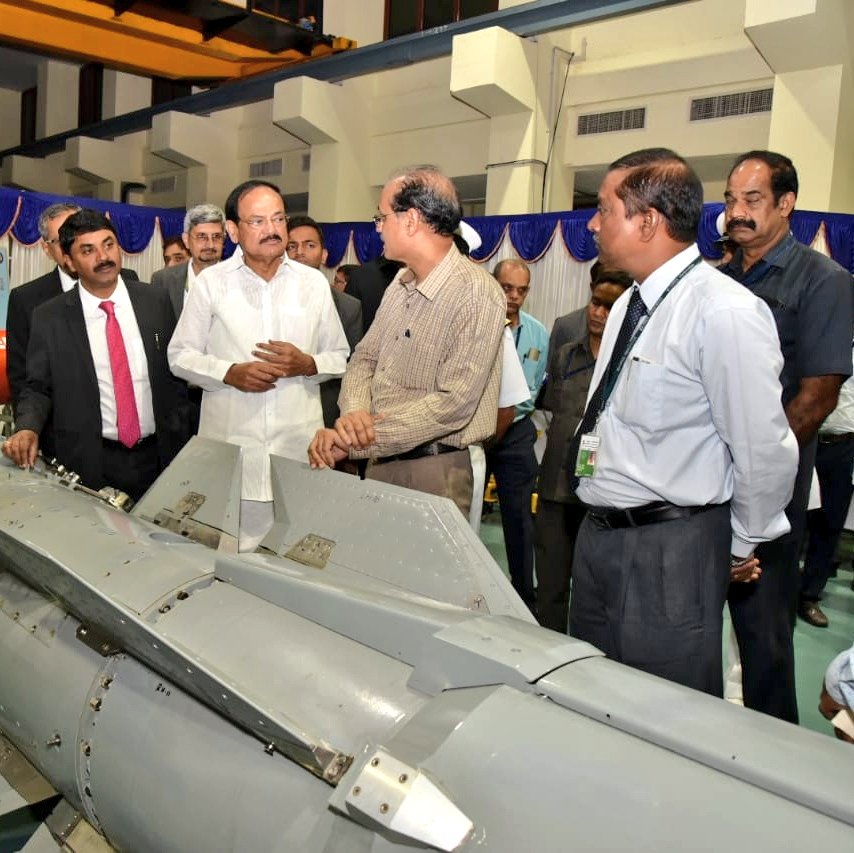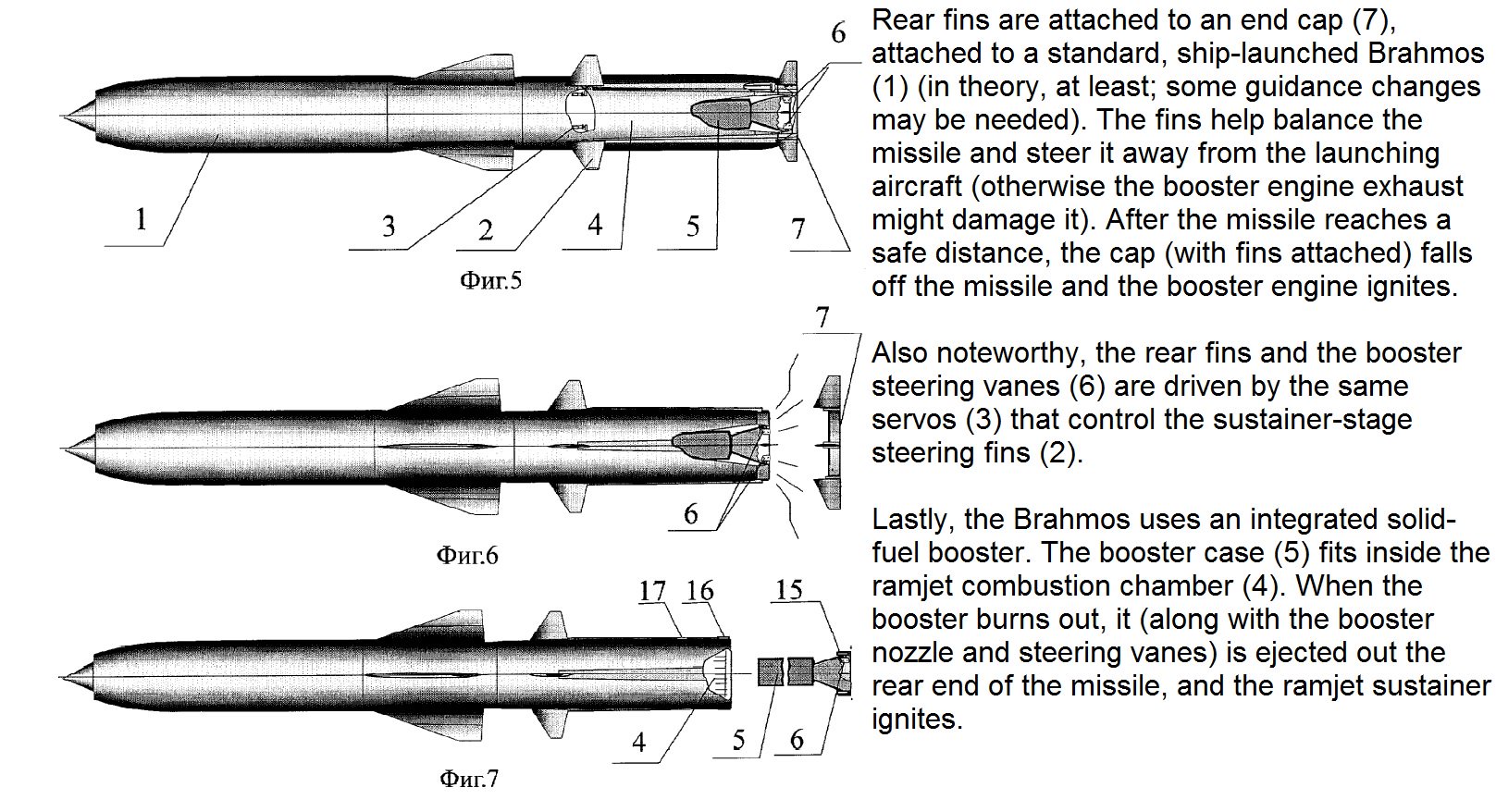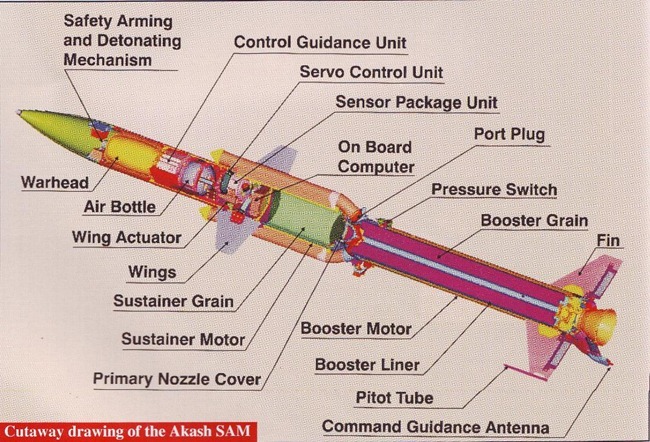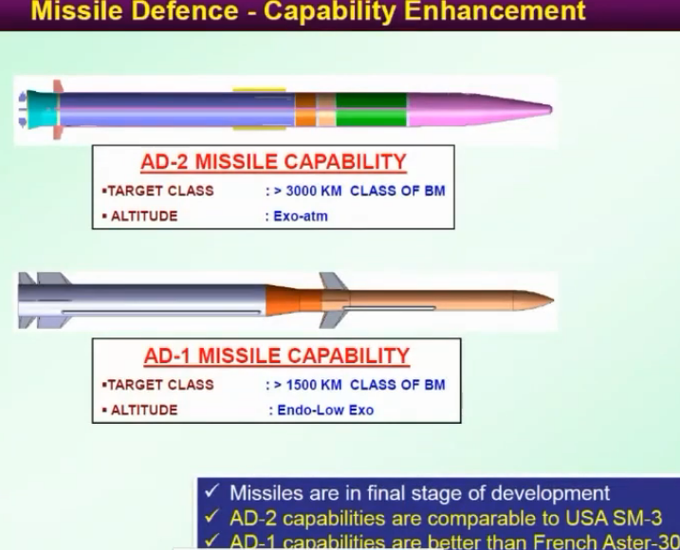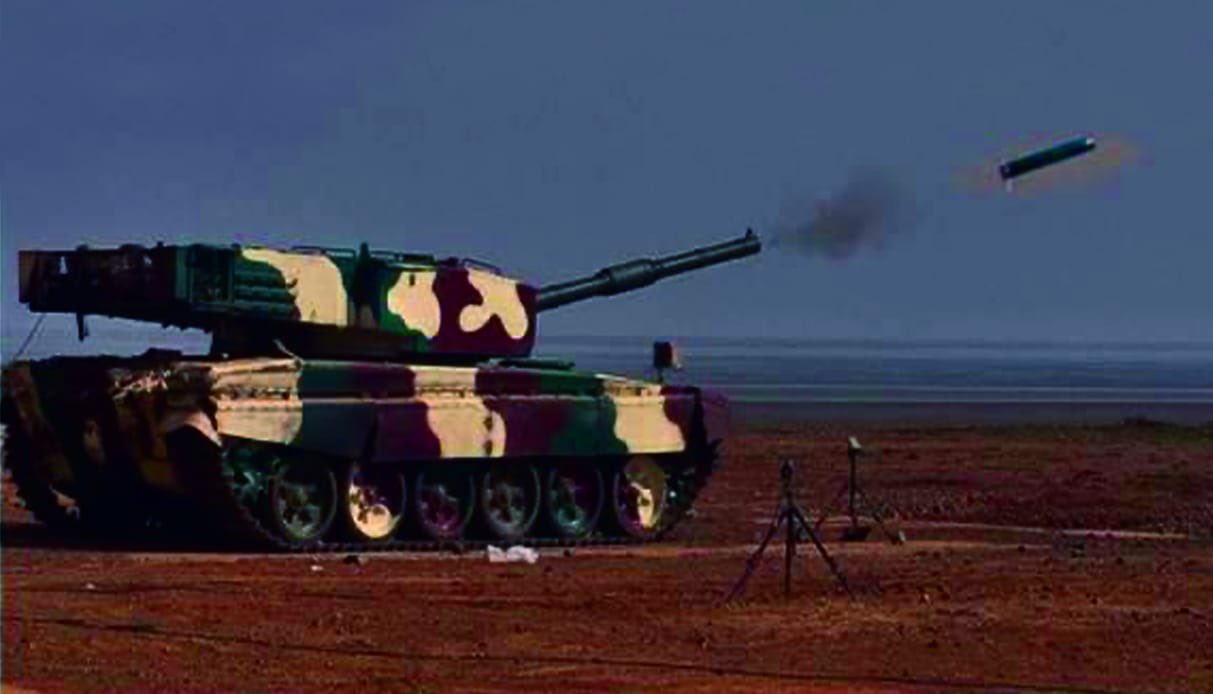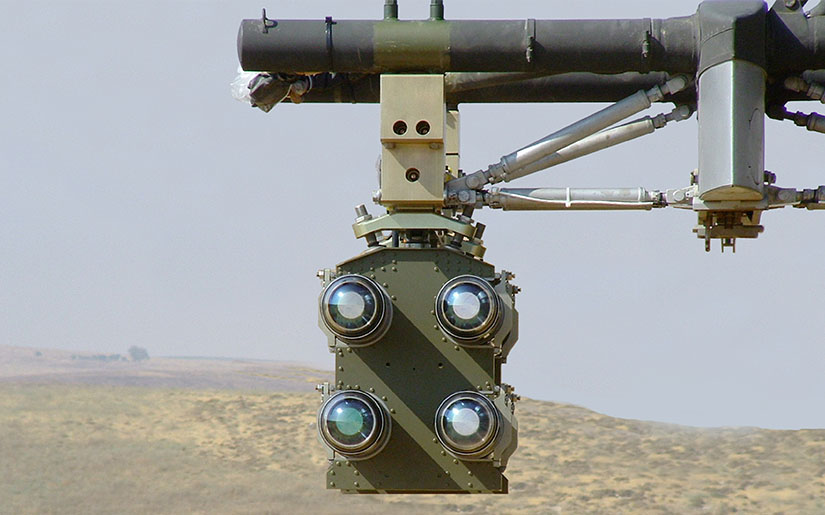There is a CSIS event from last year, in which Mike Griffin, the then head of US R&E basically dropped the biggest hint into the gliding altitudes we are talking about here. That and other published material points to that 2/3 - 1/3 mix being the most optimal for NG HBGV systems. I'm traveling but can share some details later.
1. Scramjet was complex to design but that challenge is manageable now. Has been for well over a decade. probably even longer. What you need is to get from tens of second from engine on time, to hundreds of seconds to high single digit minutes (and then progressively to tens of minutes for larger systems). And then open up the envelope. Being able to keep the engine "alive" while performing the sort of maneuvers required to support targeting and evasion is a challenge which you only get to once you can keep the engine on for a while.tsarkar wrote:
Question to guru's -
1. What is the military need for such complex air breathing machines when ballistic missiles can leave the atmosphere, travel faster than Mach 6 in the absence of atmospheric friction, and with the help of small thrusters and limited control surfaces perform rentry maneuvers to evade any missile defenses?
2. What terminal guidance mechanisms other than INS+GPS work on these weapons?
3. What is the payload they can carry?
Crawl --> Walk --> Run.
But this is important to do as these weapons will be major players in future wars. Even the design challenge has been largely solved. They still remain a manufactering challenge and that has constantly been a damper as to build affordably at scale has been very challenging and hence been pointed to the tech's limitation by skeptics (even within the operator community). However, additive mfg is changing that. Northrop Grumman has designed, built and begun testing a 1,000 km+ ranged scramjet engine (and weapon) built entirely by 3d printing. Perhaps there lies the answer. Anyhow, technology catches up and what was once complex need not remain so.
2. A seeker though jumping from a Mach 2-3 terminal seeker to a Mach 6-7 terminal seeker is not easy, especially given some of these design configurations. But you need to work on that and solve that problem. Even INS/GPS gets you highly accurate targeting against non-mobile, well defended targets.
3. Payload is a function of target set and other design parameters. Depending upon the engine size they can carry anything from a small payload (relying predominantly on kinetic impact) to a large payload. It comes down to the thrust class of the engine and what sized vehicle it can support at what range.
With hypersonic weapons, a good way to "think" the weapon sets are how they achieve the "hypersonic" speeds. BGV's, buy all their velocity upfront via the booster which can take them as fast Mach 15- Mach 20 or even more. There the challenge / cost is in exotic materials, and surviving multiple orders of magnitudes of within atmosphere flight relative to a long range ballistic missile. That and building compact, highly packed boosters.
With scramjets, you don't buy the speed upfront so you can build them in smaller form factors for tactical applications. You get it right and you can look at a "Brahmos" like weapon at half the weight with about twice the speed. That's what DARPA has been able to do with HAWC for example. So while you may only be able carry 1 x MR/IR ranged BGV on a tactical fighter, yo can carry 2 or even 4 HAWC like weapons on a heavy strike fighter. And a lot more on larger crafts. So while they are shorter ranged and slower, you have more of them yet they still acheive the terminal impact velocity of BGV's (just not the TTT).
